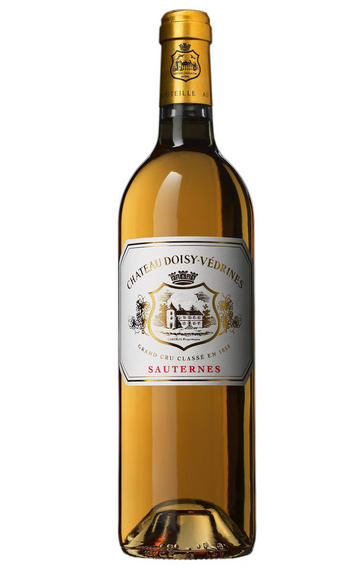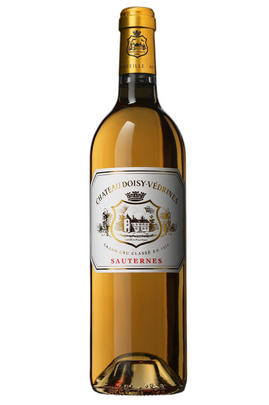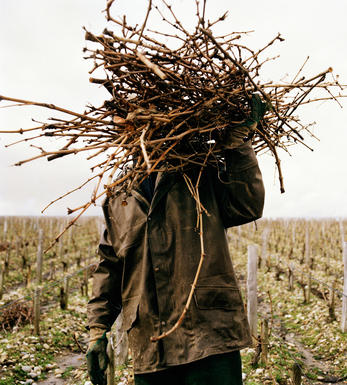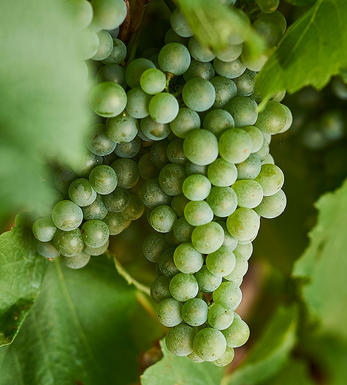
2009 Château Doisy-Védrines, Sauternes, Bordeaux

Critics reviews
Lisa Perrotti-Brown - 14/03/2019
(Jancis Robinson MW - jancisrobinson.com - January 2013)
Pale straw. Rather simple sweet aromas. And a bit of alcohol on the finish. Pear drops rather than pear juice - not a good trade. Definitely one of the less complex 2009 sweet white Bordeaux. Fades a bit fast.
(Jancis Robinson MW - jancisrobinson.com - April 2010)
(James Suckling - Wine Spectator - April 2010)
About this WINE

Chateau Doisy-Vedrines
Château Doisy-Védrines,the largest of the Doisy estates and a 2éme Cru Classé Barsac property has been owned by the Castéja family since 1946. The family also own Batailley and Trotte Vieille).
Doisy-Védrines's 27 hectares of vineyards are situated on the highest plateau in Barsac and are planted with 80% Sémillon, 15% Sauvignon Blanc and 5% Muscadelle. The grapes are picked in several "tries" and the yields are painfully low, even by Sauternes standards. Fermentation starts in temperature-controlled, stainless steel vats for around a week before the must is transferred to 100% new oak barriques. The wine remains in barrique for 18-20 months.
Doisy-Védrines is one of the richest and most full-bodied wines in Barsac and it significantly uses the Sauternes AC rather than the Barsac one. It needs at least 5 years of bottle ageing and the best vintages will keep for up to 25 years.

Barsac
Barsac is one of the communes of the Sauternes appellation (along with Bommes, Fargues, Preignac and Sauternes itself). With marginally flatter land and soils of red sand and light gravels, the commune adjoins the northern boundary of the commune of Sauternes, separated by the Ciron River, whose cold waters are so instrumental in producing the region's necessary autumn fogs.
There are just over 800 hectares under vine, producing nearly two million bottles in an average year. The châteaux can choose to sell their wine under either the Sauternes or the Barsac appellation, but stylistically the wines are arguably a little lighter in style than those of Sauternes.
The leading producers are Châteaux Climens and Coutet, with Châteaux Nairac, Doisy-Daëne and Doisy-Vedrines making good value, attractive wines.

Sauvignon Blanc & Sémillon
The blend used for White Graves and Sauternes and rarely encountered outside France. In the great dry whites of Graves, Sauvignon Blanc tends to predominate in the blend, although properties such as Smith Haut Lafite use 100% Sauvignon Blanc while others such as Laville Haut Brion have as much as 60% Sémillon in their final blends. Sauvignon Blanc wines can lose their freshness and fruit after a couple of years in bottle - if blended with Sémillon, then the latter bolsters the wine when the initial fruit from the Sauvignon fades. Ultimately Sauvignon Blanc gives the wine its aroma and raciness while Sémillon gives it backbone and longevity.
In Sauternes, Sémillon is dominant, with Sauvignon Blanc playing a supporting role - it is generally harvested about 10 days before Sémillon and the botrytis concentrates its sweetness and dampens Sauvignon Blanc`s naturally pungent aroma. It contributes acidity, zip and freshness to Sauternes and is an important component of the blend.


Buying options
Add to wishlist
Description
Ripe, sweet and very well-balanced, the 2009 Doisy-Védrines has wonderfully intense orange marmalade and honeysuckle notes, partly as a result of the high concentration of botrytis that develops on the very old vines of this estate. The fruit was picked over five separate days in the vineyard, resulting in a clean, pure wine of great poise with a long, honeyed finish.
wine at a glance
Delivery and quality guarantee